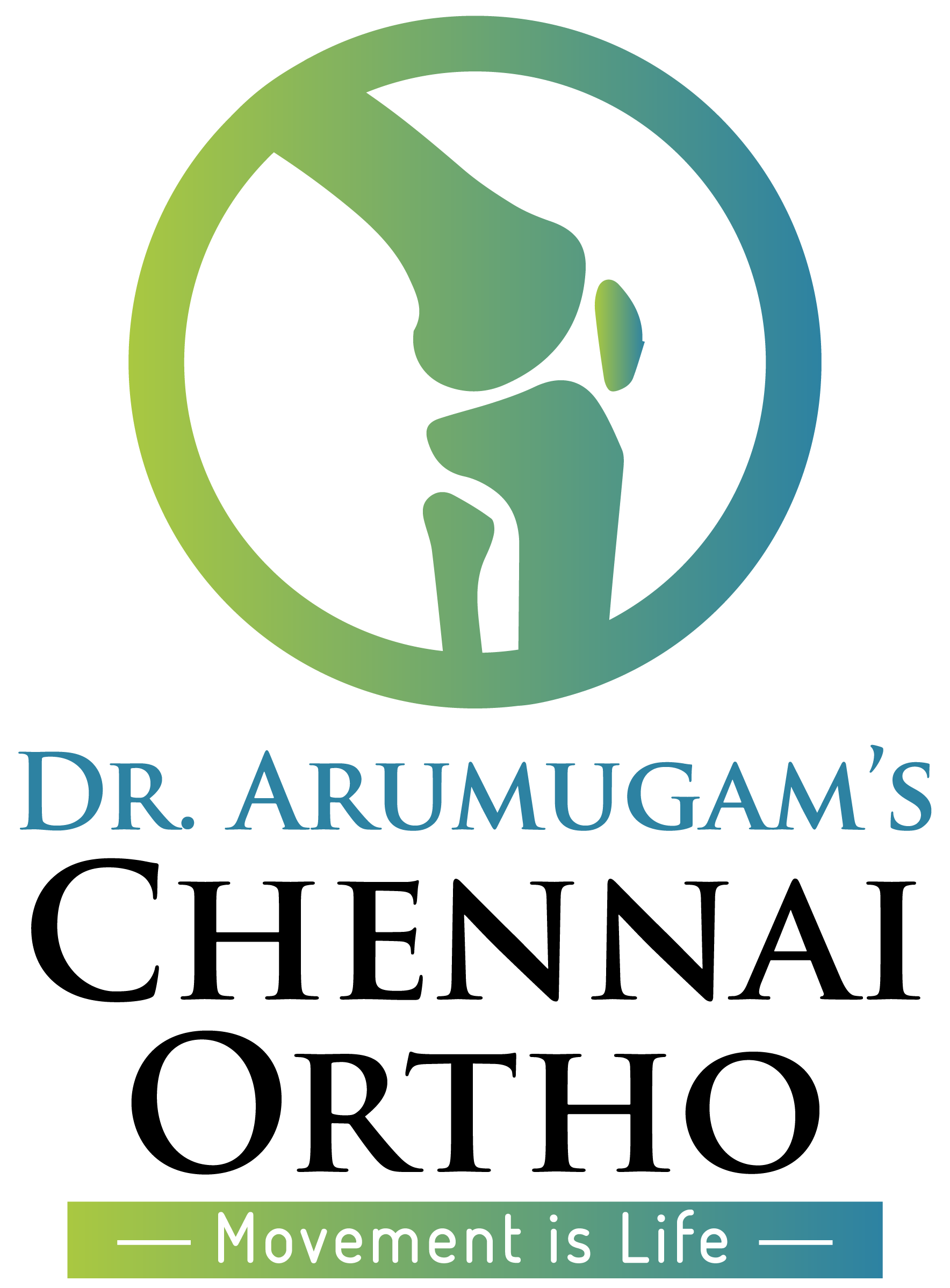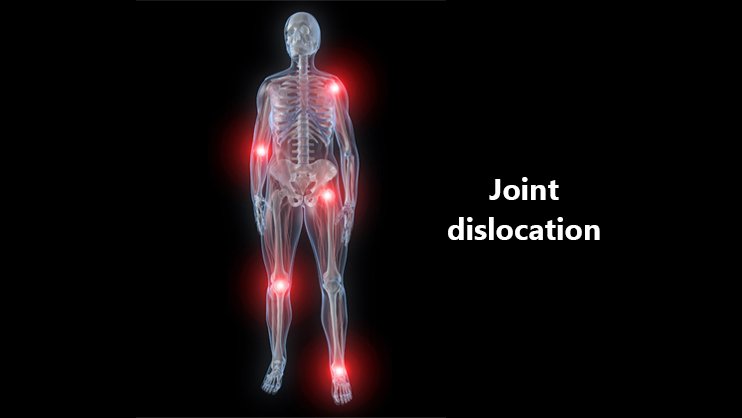
A joint dislocation occurs when the bones in a joint are forcefully pulled apart and out of their normal alignment. Dislocating the bones of a large joint normally requires a lot of force and usually happens in occasions of accidents and injuries.
What is a dislocation of a joint?
Dislocations are most often caused by an injury that causes an impact on the joint, such as falls, car crashes, and collisions in contact sports. Smaller joints need less impact than larger joints. It may be easier to dislocate previously dislocated joints because the surrounding tissues that keep the joint in place may have weakened.
Shoulders and fingers are the body parts that most often have dislocated joints. Elbows, knees, and hips are some of the other places where joint dislocation can occur. If you suspect a dislocation, seek medical help right away.
After several weeks of rest and recovery, most dislocations return to normal when properly treated. However, certain joints, such as your elbow, may be more susceptible to repetitions.
Most Common Dislocations
Dislocations can occur in any joint in the body, but some are more common than others. The most common dislocations are those of the shoulder (in adults) and the elbow (in children).
Joints cause bones to move against one another, allowing us to move our skeletons. Some joints, such as the elbow, are more mobile than others (having a wide range of movement of the bones). This is particularly true of versatile individuals such as gymnasts and ballet dancers. Some joints, such as the ankle or the tip of the finger, have a limited range of motion that is mostly in one direction. There is a trade-off between mobility and stability in general. Since there are more inflexible mechanisms keeping stable joints in place, they are less likely to dislocate.
Factors That Raise The Chances of Joint Dislocation
Numerous factors can cause joint dislocation, either by weakening the joint’s support (requiring less force to dislocate it) or by increasing the risk of injury.
These are some of them:
- Due to age or a lack of exercise, the supporting ligaments and muscles become weak.
- Older people’s balance could be impaired, making them more vulnerable to falls.
- Young children are more vulnerable because their supporting ligaments are more elastic, making them more susceptible to falls and other injuries. Following a first dislocation of the elbow, kneecap, or hip, repeated dislocations are more likely.
- While hypermobility is more common in children, about 5% of adults have hypermobile joints. Weak loose ligaments, weak muscles, and shallow joint sockets may all contribute to this condition. So, joint hypermobility is also one of the causes of joint dislocation.
- Ehlers-Danlos syndrome and Marfan syndrome are genetic disorders that cause the elastic tissues to become more ‘stretchy’.
- There is increased risk from some types of physical activity, such as extreme sports and high-speed sports, high-impact contact sports, or sports requiring quick turns on the foot.
Signs and Symptoms
A dislocated joint can be any of the following:
- Out of position or visibly deformed
- Swelling, Bruising or Discoloration
- Excruciatingly painful
- Instability of the joint
- Loss of ability to move the joint
Treatment of Dislocated Joints
The goal of treatment is to evaluate the joint’s condition and any related injuries, then return it to its usual position without causing any further harm. To confirm the dislocation, imaging such as X-rays will be required to search for broken bones, and you most probably will need painkillers or an anesthetic.
Treatment varies depending on the severity of the injury and the dislocated joint. Here are the common treatments for Joint Dislocations:
- Manipulation: The bones are returned to their correct positions by a doctor.
- Rest: Once the joint is back in position, it might be necessary to secure it by immobilizing it. A sling or splint may aid in the healing process.
- Medication: Medication can be prescribed by your doctor to help you cope with the pain of dislocation.
- Rehab: Physical therapy exercises help to stabilize the joints by strengthening the muscles and ligaments around it.
- Surgical Intervention: If manipulation fails to return the bones to their proper position, your doctor may suggest surgery.1. Blood vessels and nerves were injured as a result of the dislocation.2. The dislocation caused broken bones, torn muscles, and torn ligaments, which needed to be repaired.



